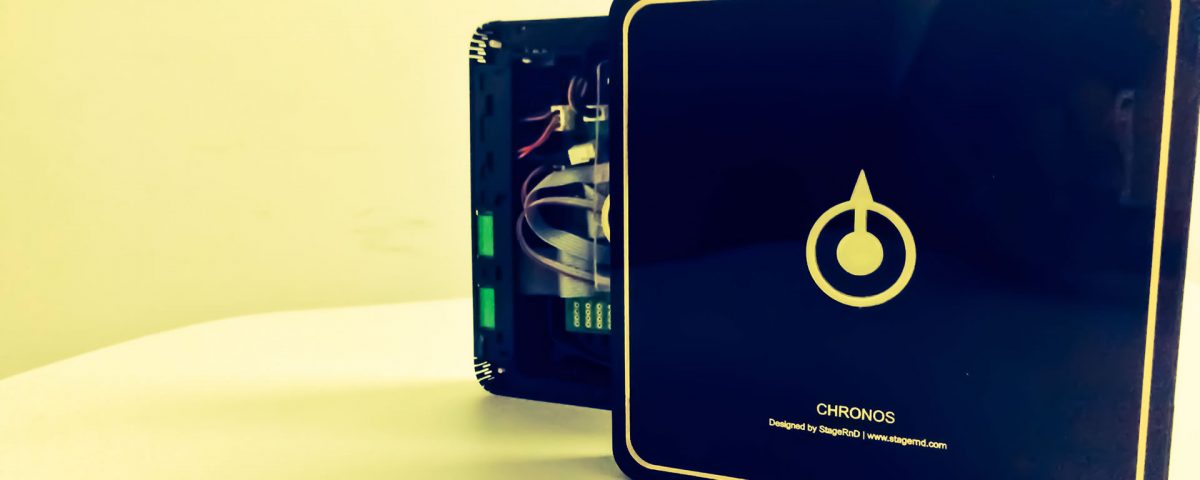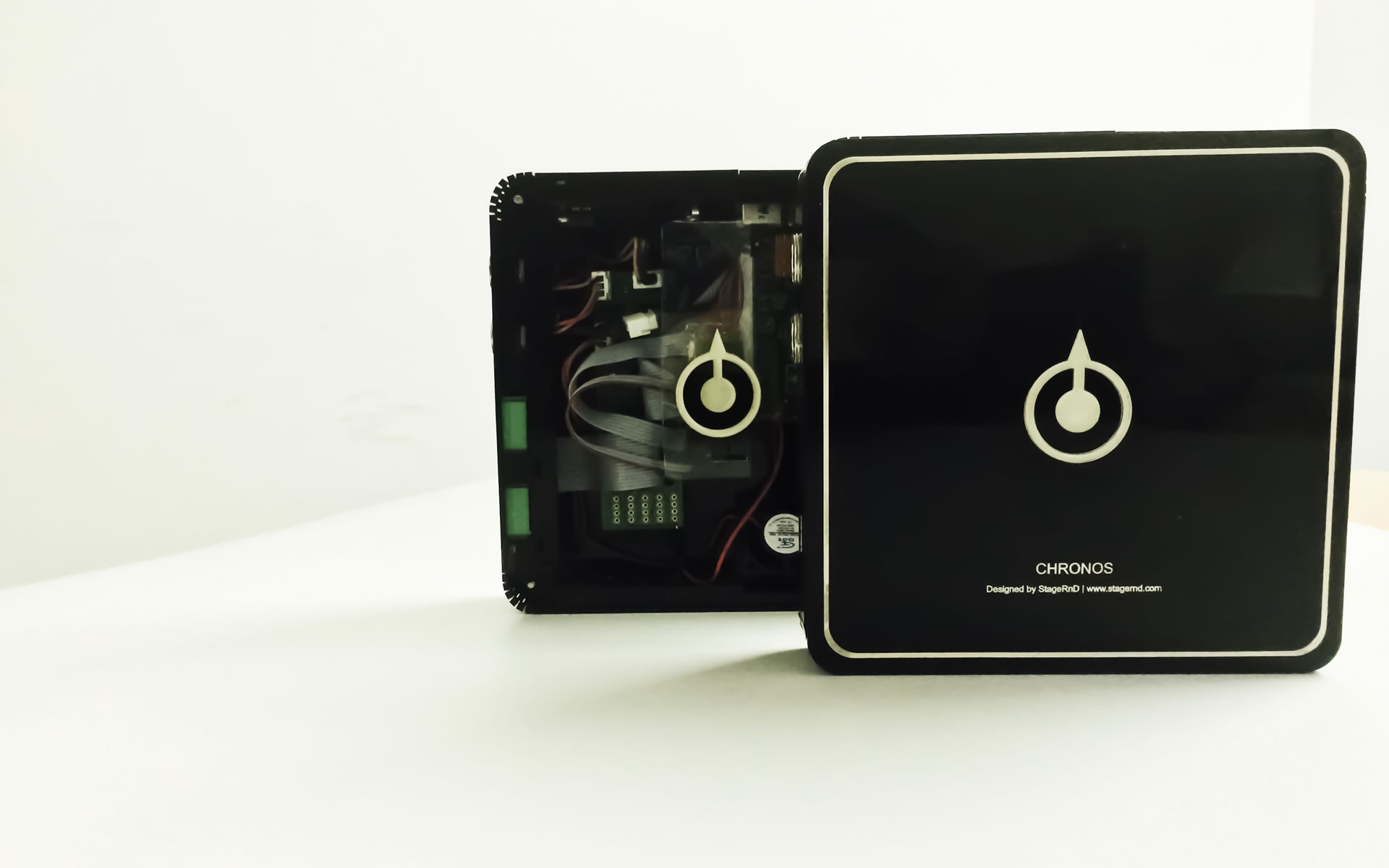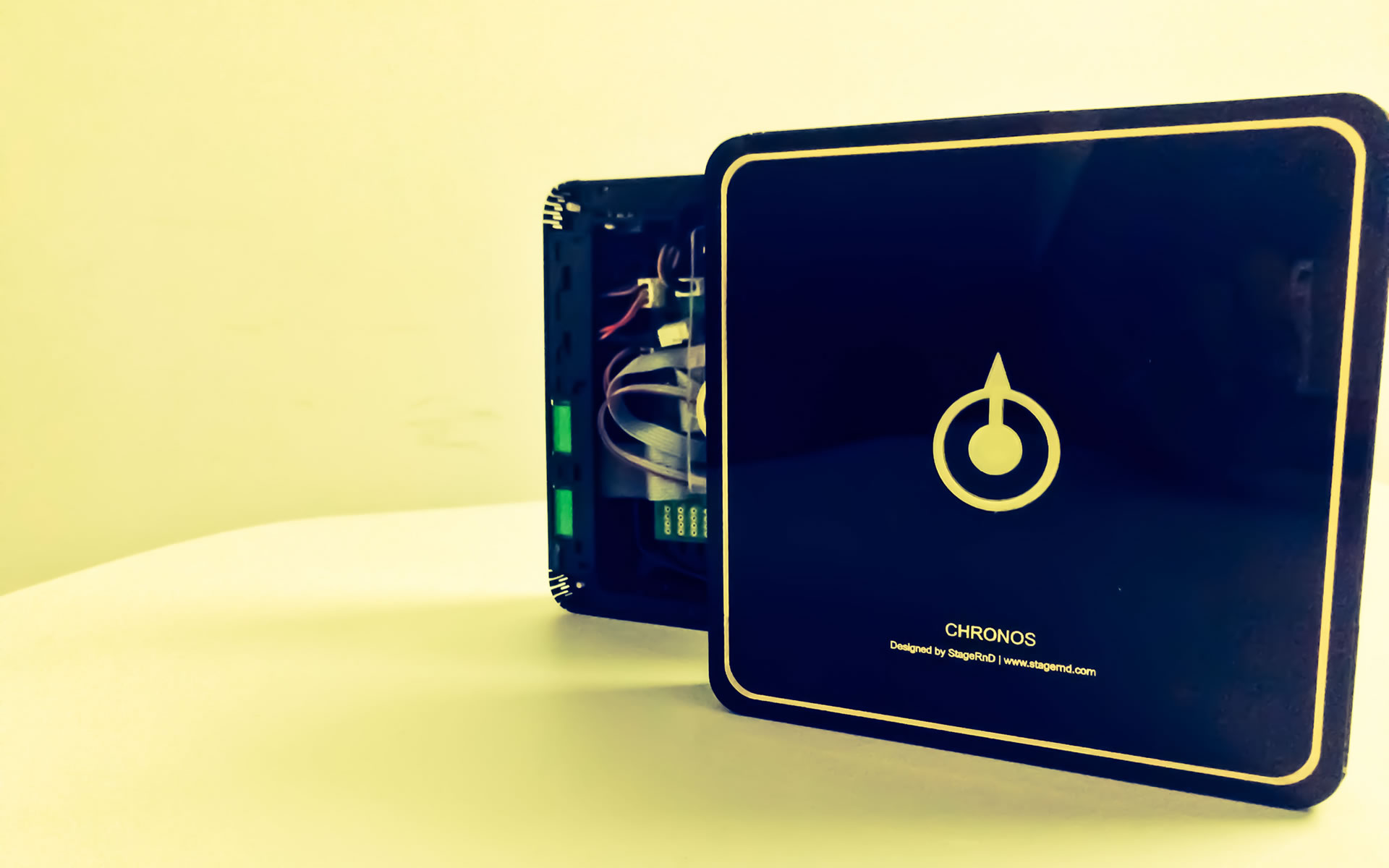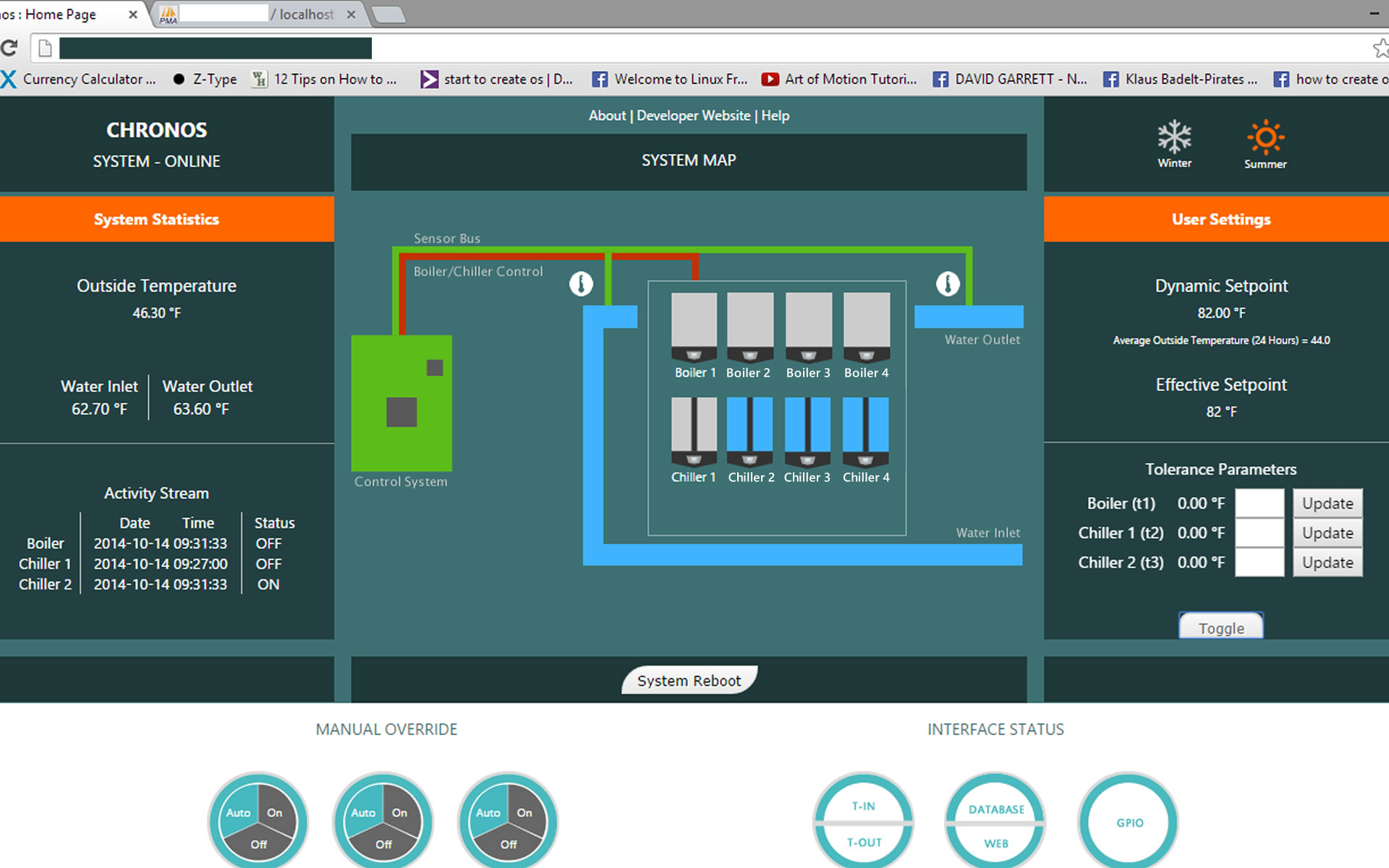Control module for automation of water supply system Arrow Hotel, USA
Existing Model: A microcontroller based unit is installed which turns On and Off a set of boilers as required but with manual intervention.Scope of work: R&D on implementing a control unit with microcontrollers or microprocessors, research on the future possibilities of this system, Developing a small form factor portable system, Circuit and PCB design, development and testing.
The water supply system of the hotel was directed through a boiler and chiller unit. These are then turned On and Off as required, which is normally based on the outside temperature. The entire project was initially visualized as an automation project to which we can add new control algorithms or inputs/outputs as required. The basic requirements was studied and an improved version was presented to the client which was well received. The first prototype had a processor based unit running a Lite version of Linux distro to enable faster boot up and processing time. Temperature sensors and bidirectional controllers were used to gather inlet/outlet temp data and control boiler and chillers individually. Data from a weather station was pulled into the system to get information on various factors including outside temperature, Wind chill and humidity.
A web GUI was built to show relevant system data and allow the admin to control the unit manually. It also helps to monitor different values and make necessary changes to thresholds in real time. We also added two unique features into the system to update the firmware remotely and to download the system data log in excel format. Since the system runs 24/7 automating the water supply of a hotel, it had to be built with all necessary backup features in case something went wrong. A system status monitor and report module was built into it which keeps a check on it and performs automatic diagnosis and repair incase a fault occurs and reports it to the user via email.
Design of the unit’s outer case was particularly important to us as it needs to be easy to install and diagnose the unit. We added a touch interface so that user have multiple options to send status, restart or reboot the system. An RGB LED was used to show different colors based on the outlet temperature and as provide a response while the touch button is in use.





